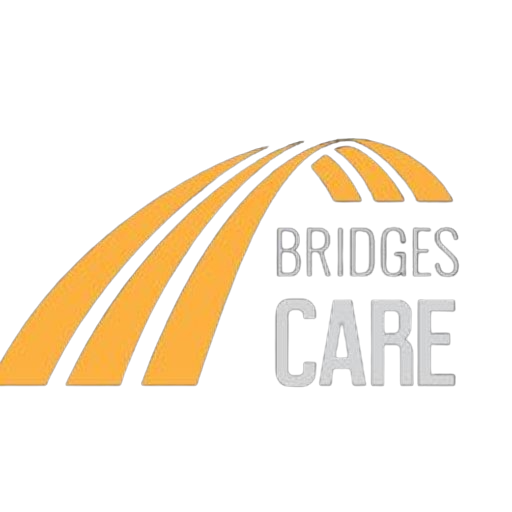Introduction
In today’s digital age, smartphones have become an integral part of our lives. They serve not only as communication devices but also as tools to enhance our overall well-being. For those with disabilities, these devices play an even more crucial role, thanks to Assistive Technology. In this article, we’ll explore the key features of Assistive Technology on smartphones and how they can make a difference in your daily life.
Empowering Accessibility
Assistive Technology: Smartphone Features You Need to Know
Assistive technology on smartphones goes beyond convenience; it empowers individuals with disabilities, providing them with the tools they need to lead independent and fulfilling lives.
Voice Recognition and Text-to-Speech
One of the most significant advancements in smartphone technology is voice recognition and text-to-speech capabilities. Users can now interact with their devices through voice commands, making tasks like sending texts or making calls more accessible.
Screen Readers
Screen readers are invaluable for those with visual impairments. These apps read aloud the content on the screen, ensuring that no information is missed, from texts to emails and web pages.
Voice Commands
Smartphones equipped with voice command technology allow users to perform a range of tasks simply by speaking. Whether it’s setting reminders or browsing the web, this feature simplifies daily activities.
Enhancing Communication
Assistive Technology: Smartphone Features You Need to Know
Communication is vital for everyone, and smartphones offer various features that cater to the unique needs of individuals with disabilities.
Real-Time Transcription
Real-time transcription apps convert spoken language into written text. This is a game-changer for those who are deaf or hard of hearing, making conversations more accessible.
Augmented Reality (AR)
Augmented reality apps enhance communication by providing visual cues through your smartphone’s camera. For example, AR apps can help those with autism better interpret social cues and facial expressions.
Customizable Alerts
Smartphones allow users to create custom alerts and notifications. This is essential for individuals with sensory impairments, ensuring they don’t miss important messages or updates.
Navigating the World
Assistive Technology: Smartphone Features You Need to Know
Getting around and exploring the world is made easier with the following features.
GPS and Navigation
GPS technology on smartphones assists individuals with mobility challenges, guiding them through unfamiliar places with turn-by-turn directions.
Braille Displays
For those who are blind, braille displays can be connected to smartphones, providing a tactile interface for reading messages and documents.
Magnification Tools
Smartphones come equipped with magnification tools, allowing individuals with visual impairments to zoom in on text and images.
Frequently Asked Questions
How do I activate voice recognition on my smartphone?
To activate voice recognition on your smartphone, go to the settings, and look for the Accessibility section. From there, you can enable the voice recognition feature.
Are there any recommended screen reader apps for smartphones?
Yes, there are several excellent screen reader apps available, including VoiceOver for iOS devices and TalkBack for Android. These apps make it easier for individuals with visual impairments to navigate their smartphones.
Can I use augmented reality apps for educational purposes?
Absolutely! Augmented reality apps can be valuable for educational purposes. They can help students with various learning needs by providing interactive and engaging content.
How do I customize alerts on my smartphone?
To customize alerts, access your smartphone’s settings and look for the Notifications or Accessibility options. From there, you can configure alerts based on your preferences.
Is GPS technology accurate for individuals with mobility challenges?
GPS technology has become highly accurate and reliable. It’s an invaluable tool for individuals with mobility challenges, providing precise navigation instructions.
Where can I find braille displays for my smartphone?
Braille displays can be purchased from specialized assistive technology retailers or online stores. Be sure to choose one that’s compatible with your smartphone.
Conclusion
Smartphones have revolutionized the way we communicate, navigate, and access information. For individuals with disabilities, these devices are not just tools for convenience; they are gateways to independence. The Assistive Technology features discussed in this article showcase the power of technology in enhancing accessibility and improving lives.
For more information click here
Related Articles
